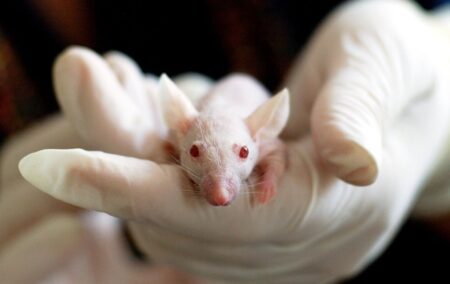Israeli scientists have grown 250-cell embryos into mouse foetuses with fully formed organs using artificial wombs, in a development they say could pave the way for gestating humans outside the womb.
“We have grown hundreds of mice in this way, in a method that has taken seven years to develop, and I’m still captivated every time I see it,” stem cell biologist Prof. Jacob Hanna of the Weizmann Institute of Science told The Times of Israel.
“This could be relevant to other mammals including humans, though we acknowledge that there are ethical issues related to growing humans outside the body,” he said.
It allows unprecedented views of the process unfolding, unconstrained by the need to image the inside of the womb.
“We took mouse embryos from the mother at day five of development, when they are just of 250 cells, and had them in the incubator from day five until day 11, by which point they had grown all their organs.
“By day 11 they make their own blood and have a beating heart, a fully developed brain. Anybody would look at them and say, ‘this is clearly a mouse fetus (sic) with all the characteristics of a mouse.’ It’s gone from being a ball of cells to being an advanced fetus (sic).”
The foetuses were healthy but died at 11 days: this is currently the longest they can develop in the artificial womb and they can’t be transplanted back into the mice. Hanna hopes to take mice to full term.
“The key to our success is that we have developed this special incubator system in which each embryo is in a bottle with liquid, and the bottle is spinning to ensure it doesn’t attach to the side. The incubator creates all the right conditions for its development.”
Image by Tibor Janosi Mozes from Pixabay

